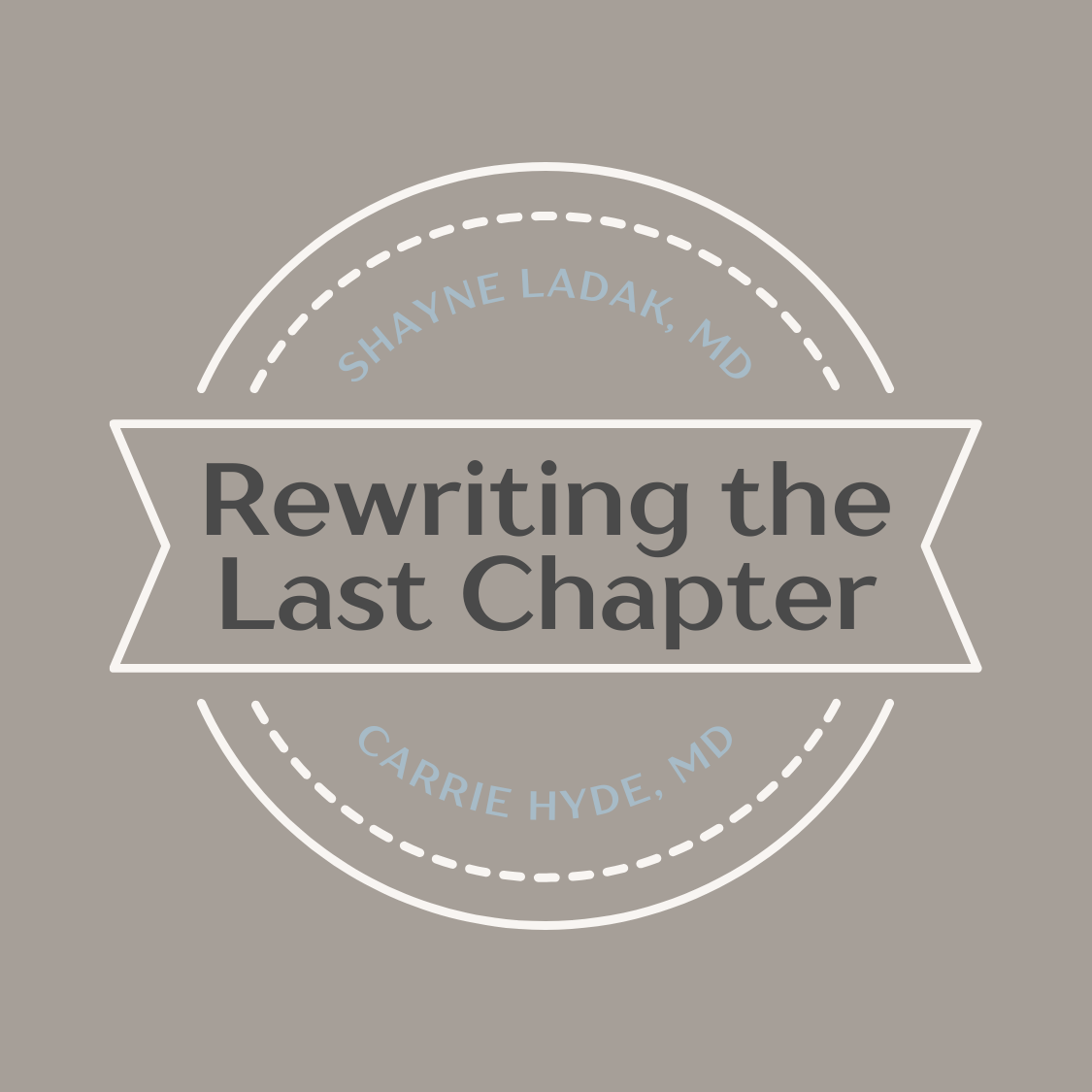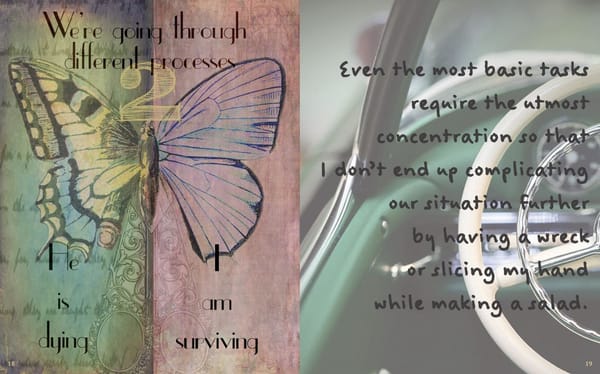The Final Chapter: A Guide to Normalizing the Dying Process for Families and Clinicians

We spend much of our lives preparing for beginnings — birth, school, jobs, marriages — yet most of us arrive at life’s end with little understanding of what the process of dying actually looks like. For families, it can feel like a storm without a map. For clinicians, especially those outside of palliative care or hospice, it can be difficult to articulate the dying process in a way that brings comfort and clarity.
But dying, like birth, follows a natural rhythm. It unfolds over time. When we recognize its patterns, we begin to see that death is not a medical event — it’s a deeply human one.
This blog is a guide. It’s written to help families feel less afraid and more empowered. It’s also meant to support clinicians in holding space and communicating with grace as life nears its end. Inspired by Barbara Karnes’ seminal work, Gone From My Sight, this piece breaks down the dying process into months, weeks, days, and hours — helping us normalize what is, in truth, one of the most sacred transitions we experience.
Death Is Not a Moment. It’s a Process.
Dying doesn't happen all at once. It unfolds, gradually and predictably, though each person’s journey is unique. When we view death as a process rather than a sudden event, we gain the ability to prepare — practically, emotionally, spiritually. That preparation, in turn, reduces suffering and allows for meaningful connection at the end.
The Timeline of Dying: What to Expect
Months Before Death
This is when the body begins slowing down in a quiet, almost imperceptible way.
Common Signs:
- Fatigue, sleeping more
- Reduced appetite and weight loss
- Decreased interest in social activities
- Withdrawal or introspection
What Helps:
- Don’t push — honor their energy.
- Begin meaningful conversations about what matters most.
- Encourage legacy work (letters, stories, memory-making).
- Introduce palliative care if not already involved.
Weeks Before Death
The body’s decline becomes more obvious. This is when families often feel the shift — “something has changed.”
Common Signs:
- Significant weakness; spending most time in bed
- Minimal intake of food or drink
- Changes in mental clarity — confusion, restlessness, or moments of profound clarity
- Periods of deep sleep and disconnection from surroundings
What Helps:
- Create a peaceful environment; limit unnecessary visitors or stimuli.
- Focus on comfort, not correction — don’t urge eating or drinking.
- Begin discussions around hospice if appropriate.
- Reassure families this is expected and not suffering.
Days Before Death
This is a time of deep transition — physically, emotionally, spiritually.
Common Signs:
- Minimal or no intake of food or water
- Changes in breathing — rapid, irregular, or pauses (Cheyne-Stokes)
- Terminal agitation or restlessness
- Coolness or mottling of the hands and feet
- Inward focus — little to no interaction
What Helps:
- Be present, even in silence.
- Speak softly; hearing is often the last sense to go.
- Offer comfort — moist mouth swabs, gentle repositioning, calm touch.
- Say what needs to be said: “We love you. We’re here. It’s okay to let go.”
Hours Before Death
The body enters its final rhythm. Breathing slows. Hands and feet cool further. The person becomes unresponsive. There is no timeline here — it may be minutes or a day. But the shift is unmistakable.
What Helps:
- Keep the room peaceful — dim lights, soft voices, music if desired.
- Know that changes in breathing, color, or temperature are normal.
- Let your presence speak. Your love is felt, even without response.
For Families: You Can’t Do It Wrong
There is no script. No perfect words. You may feel unsure, afraid, or even numb — that’s normal too. What matters most is simply being there.
- Your presence brings comfort.
- Your touch says, “You are not alone.”
- Your love is enough.
The process may look different than you imagined, but that does not mean something is wrong. It means the body is doing what it knows how to do.
For Clinicians: Be the Calm in the Storm
You are not just a provider — you are a guide. You can help families feel seen and steady. Use clear, compassionate language. Normalize what is happening. Be honest, but gentle. Remind them this is not a failure — it’s a natural, sacred part of life.
Phrases like:
- “This is expected at this stage.”
- “They are not in pain.”
- “You’re doing a wonderful job just being here.”
...can make a world of difference.
Reframing the Final Chapter
When we understand dying as a natural, knowable process, we can meet it with peace instead of fear. We can talk more openly. Love more freely. And let go with grace.
Death is not the opposite of life — it’s part of it. And in those final moments, when the world seems to narrow, something else opens: a space for presence, truth, and love that often surpasses words.
Resources
- Gone From My Sight by Barbara Karnes, RN
- Local hospice and palliative care teams
- The Conversation Project (theconversationproject.org)
- National Hospice and Palliative Care Organization (nhpco.org)
Let’s normalize dying. Let’s tell the truth about what it looks like. Let’s help people feel less alone, more prepared, and more at peace.





